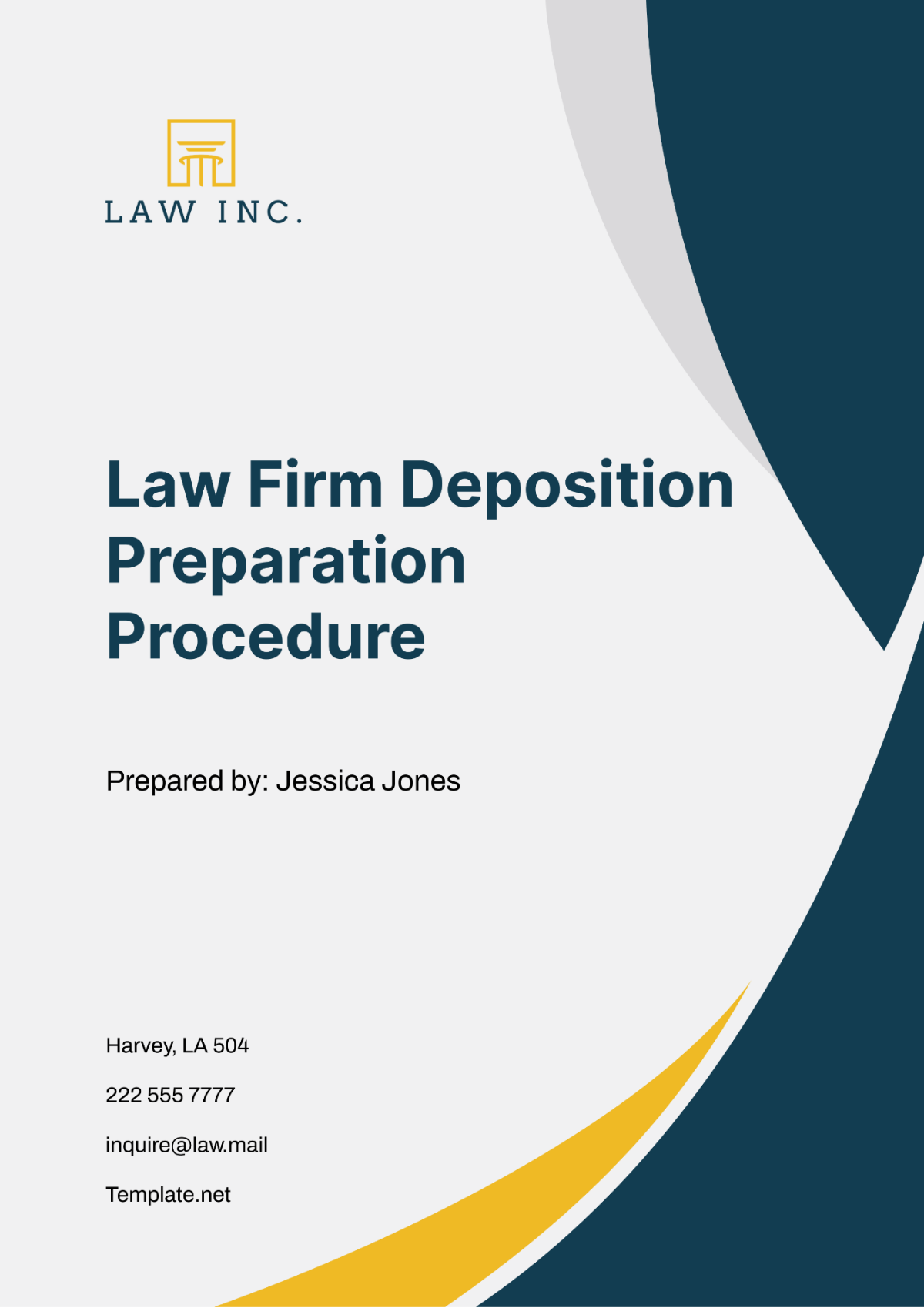Free Law Firm Deposition Preparation Procedure
Systematically prepare for depositions with this Law Firm Deposition Preparation Procedure Template only here on Template.net! This editable and customizable procedure document outlines the procedures for getting witnesses ready and organizing evidence. Utilize our AI Editor Tool to customize the procedure according to each case's unique requirements! Access right now!






























